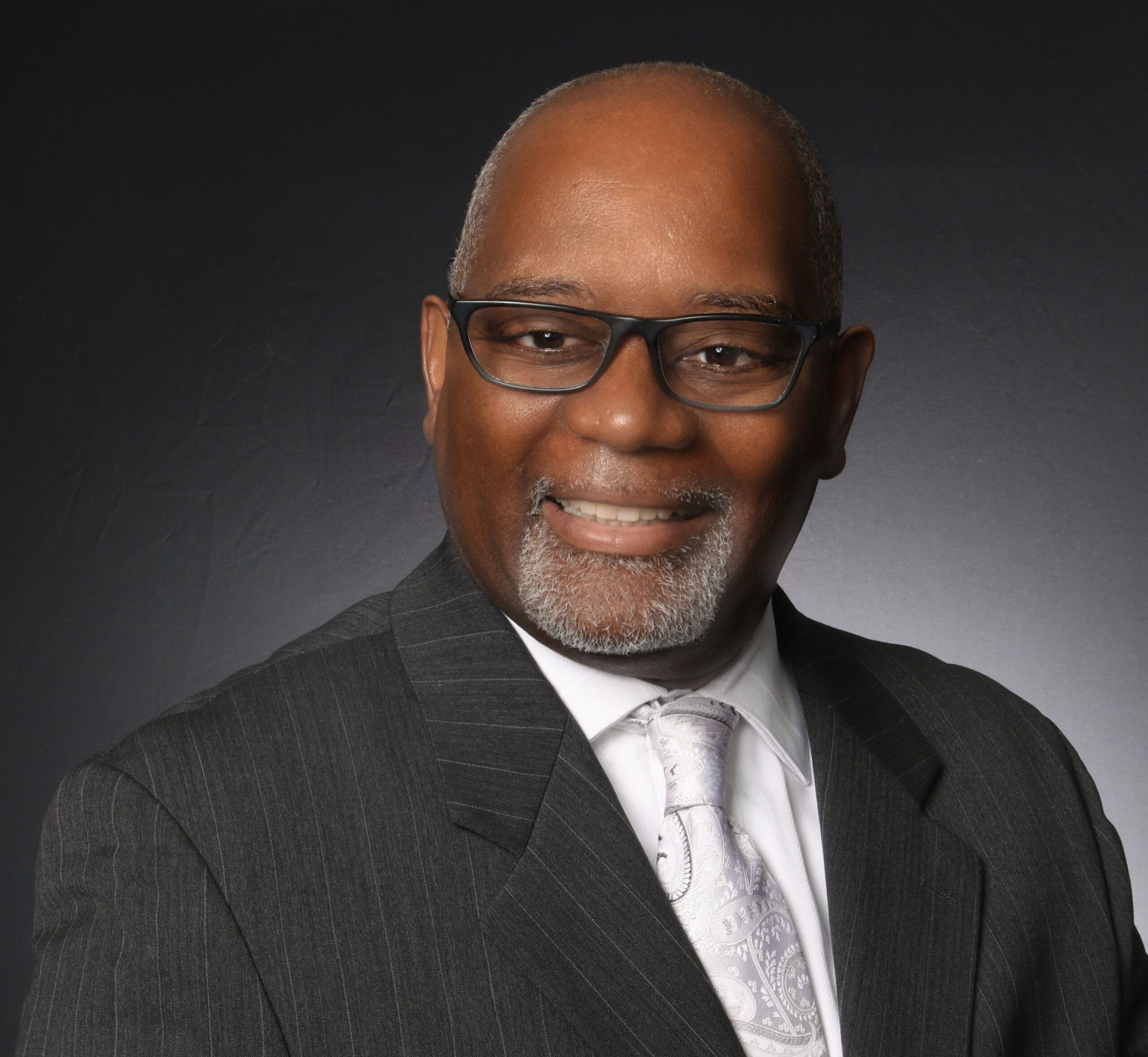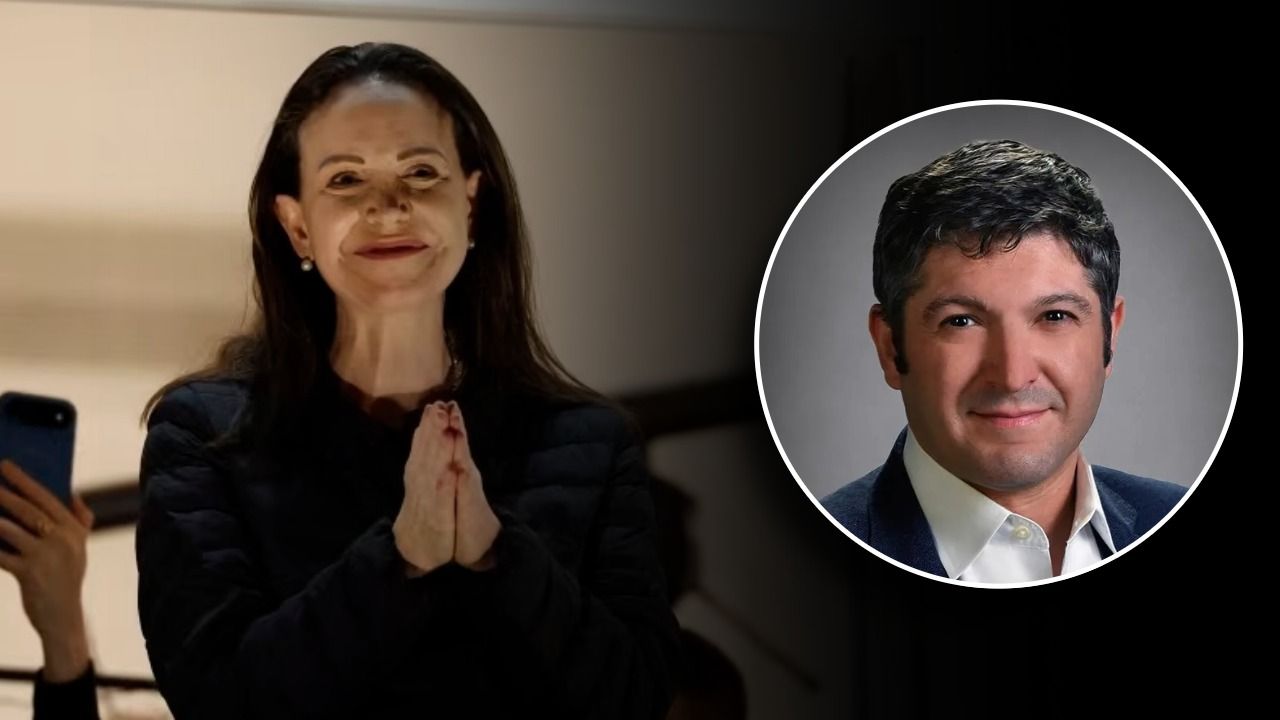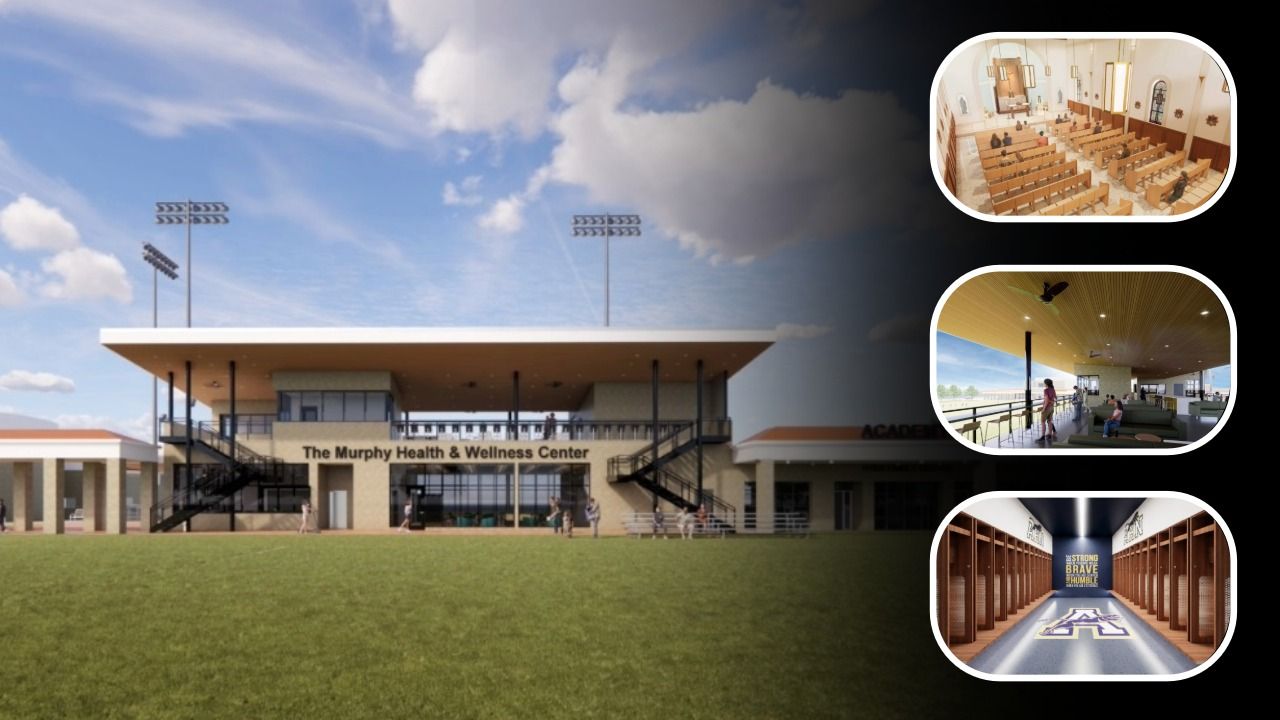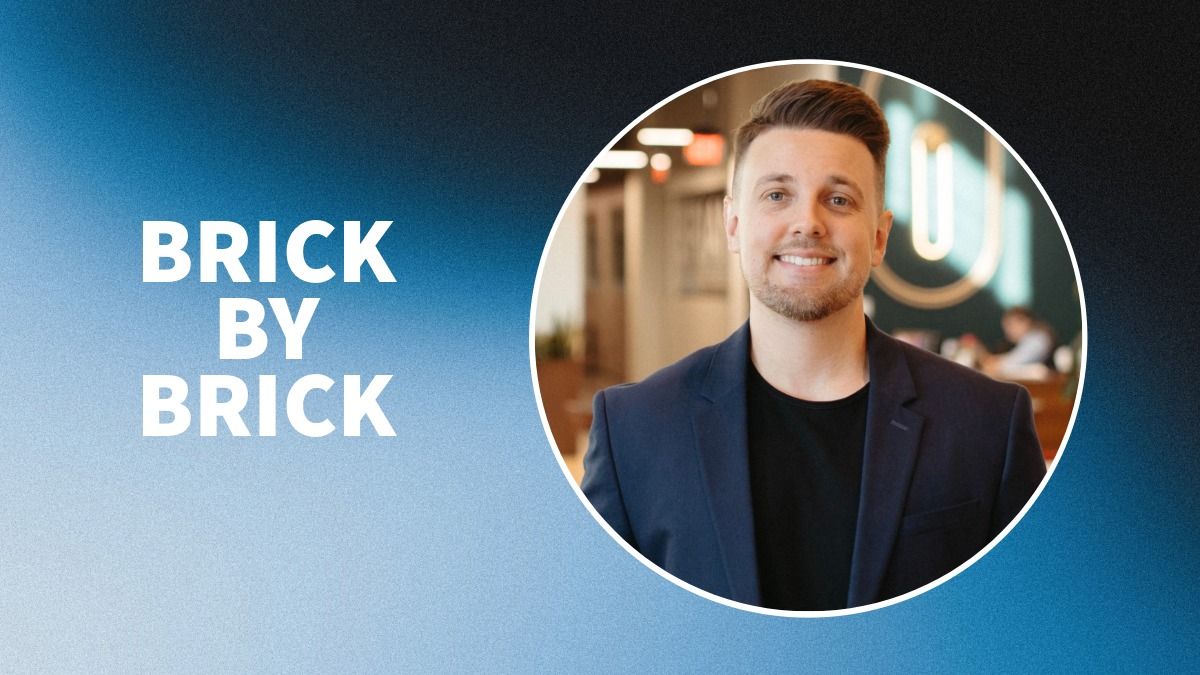For more than 25 years, it has been my pleasure to hire, develop and coach, staff, and senior executives, at both startups and Fortune 100 companies. Many lessons learned came from great mentors and from studying best practices. Nearly as many were learned the hard way. I’d like to share some of those lessons with you.
As a leader in your organization, there are many key variables and resources, to manage. The most challenging, yet most valuable one, is your people. If you are not effective at building, developing and leading your team, your organization will not be successful and your goals will not be achieved.
Remember, it’s not what you can do personally, it’s what you can accomplish by leading others. Let’s talk about building outstanding teams.
In Jim Collins’ landmark book Good to Great, he speaks about the necessity of “getting the right people on the bus.” What does that really mean? It means understanding three things: the soft skills needed beyond the basic requirements of the job, the culture of your company and the personality, style and capabilities of the potential employee.
Should the new hire be more creative, or more analytical? Should they be a subject matter expert or more of a generalist? What work style would be a good fit?
Once you get the right “person on the bus,” the next step is to ensure that you have the “right person in the right seat.” After they have settled into their role for a few months, not only should their performance be evaluated, but you must also begin to determine if they are “in the right seat.” You can make this assessment by asking good questions. Examples are: Is this person the best fit for this team, or department? Could he, or she, be more effective in another department or on another team? How is the working relationship with their manager? Based on the needs and goals of the company, can their skill set be more effective elsewhere? How, and where, can you better leverage their strengths and unique abilities?
It’s vital that you gain a deeper understanding of both your company’s needs and the needs, and skills, of your team members. Once they’re on the team, you owe it to them to put them in a position to be successful. This is a win-win situation. Remember, you are personally responsible for every team member who does not work out. In most cases, either you made a poor choice or you didn’t do enough to support that employee’s success.
Company Culture: Can you define your workplace culture? Some places are fast-paced and others are more laid-back. Some are relatively formal, while others may resemble a college fraternity or sorority house. Whatever your company culture is, make the best effort to ensure your prospective employee will be a fit. There is a plethora of personality assessment tools that can help you make that determination.
Talents and Workstyles: Assessments also are a valuable tool to ascertain individual strengths, work style, capabilities, etc. For example, understanding an individual’s work style in advance can help you match him, or her, with the work style of the prospective manager and/or team. This is equally important as testing a developer by asking them to write some code.
At a time when it is particularly difficult to identify and hire talented, and skilled, employees, it is crucial to use effective tactics, tools and best practices to get the most out of your people and to provide them with resources for support and development.
G. Deon Bradley is one of only 10% of certified executive leadership coaches in North America and has a track record of helping improve his clients’ performance, get results and enhance their careers. For more information, or a free consultation, contact him at bradleycoaching.com or email him at [email protected].













